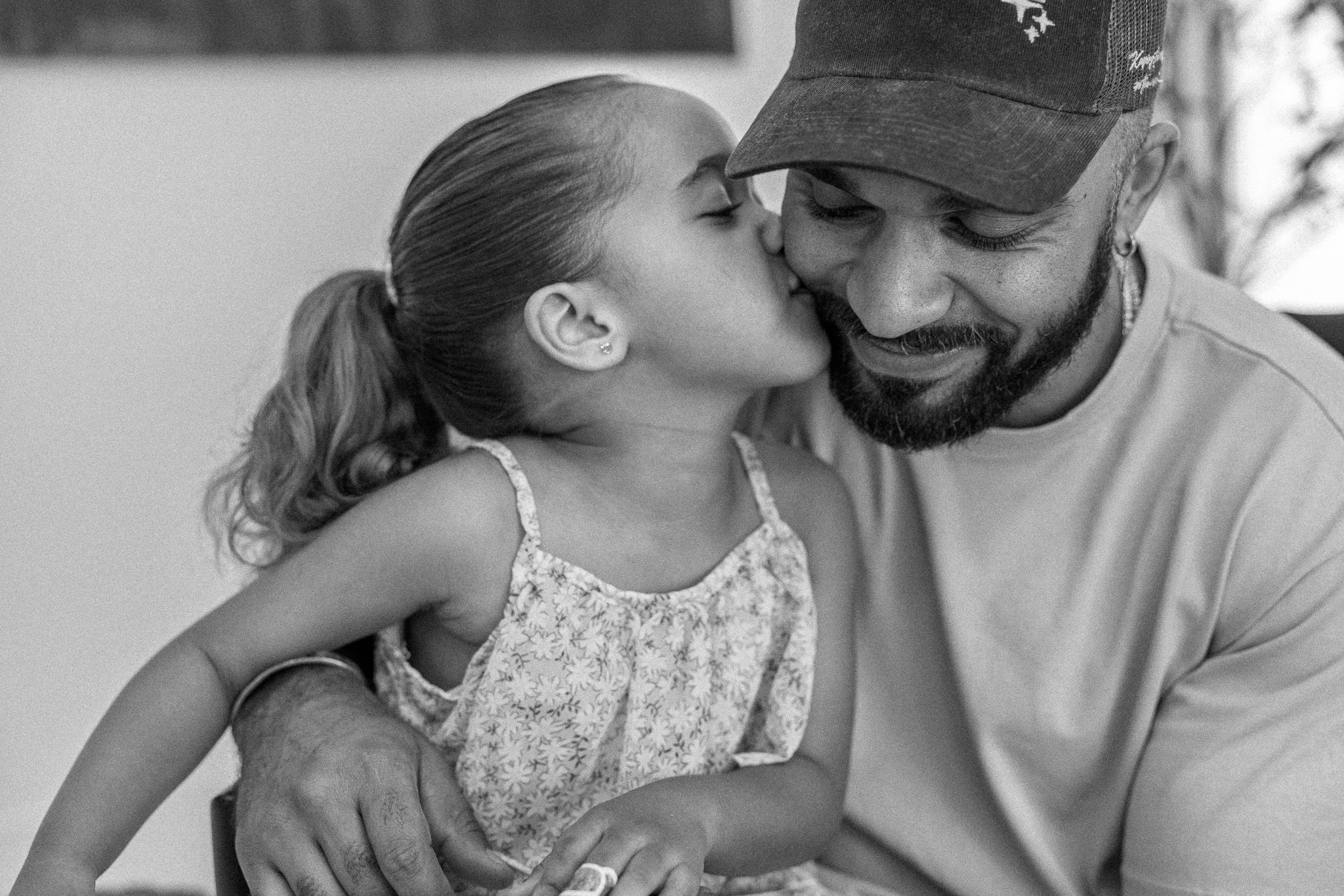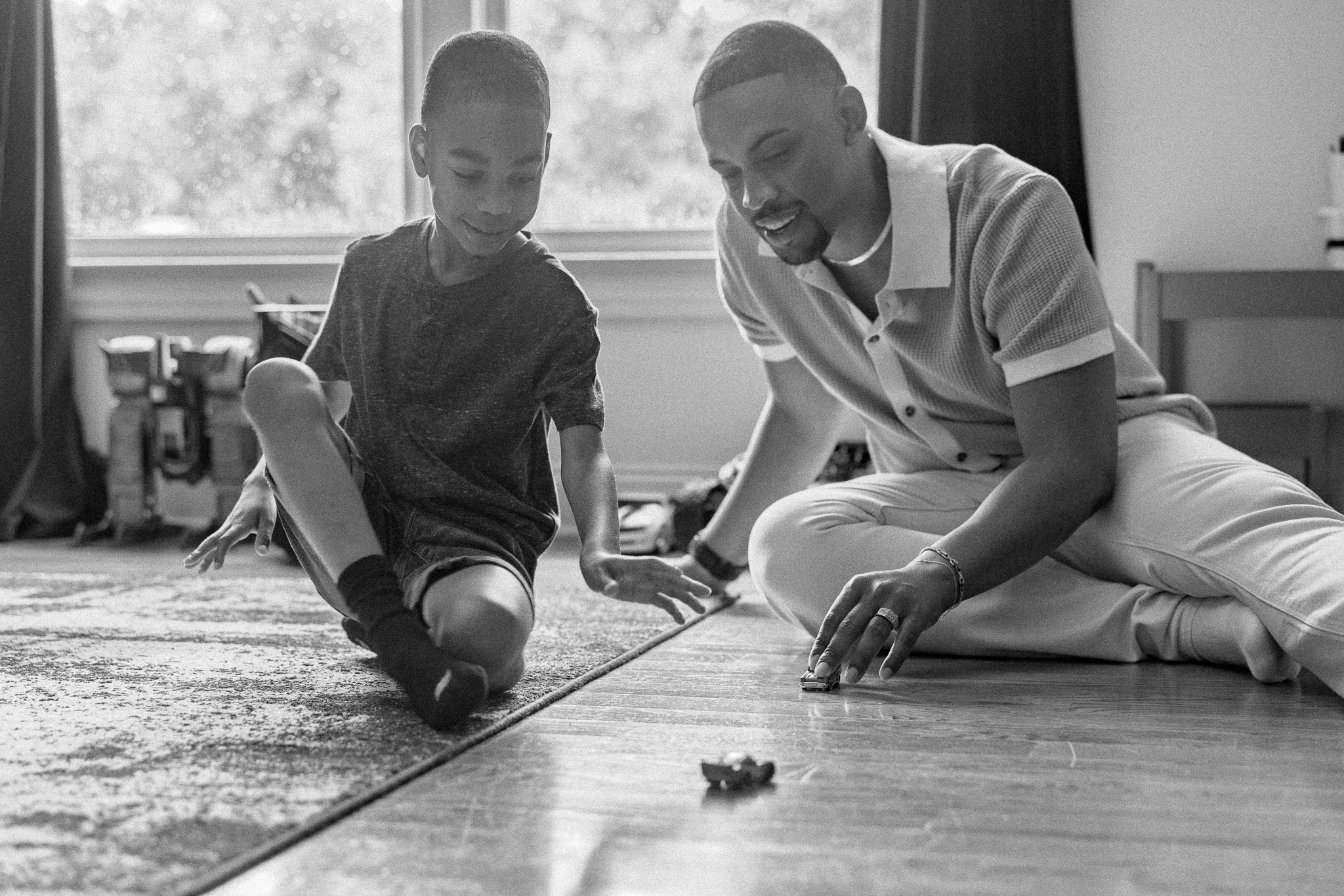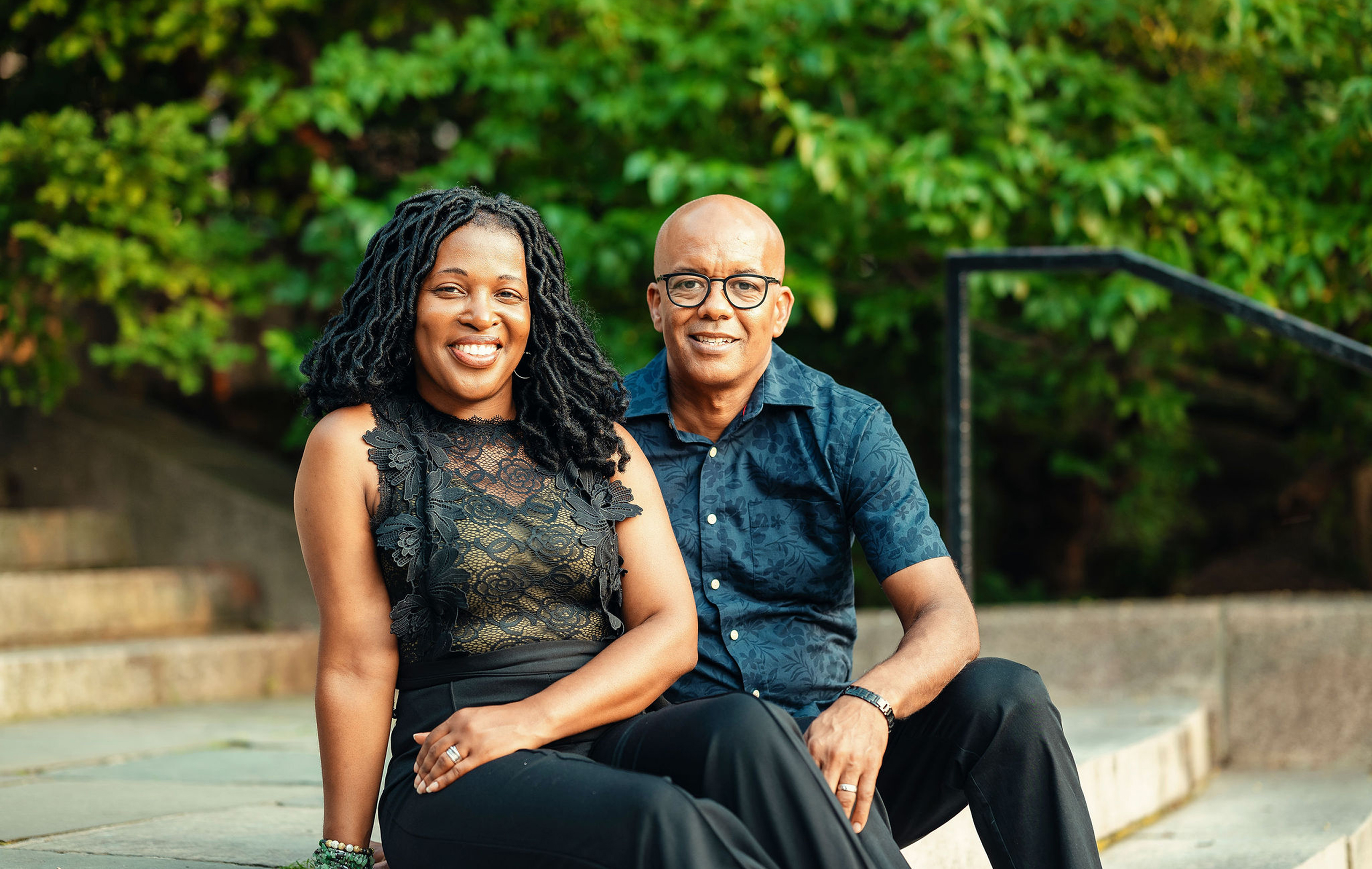
Courtesy of rawpixel.com
Courtesy of rawpixel.com

Courtesy of rawpixel.com
Many of us have someone or know of someone with some form of Autism also known as ASD (Autism Spectrum Disorder). ASD is a developmental disorder that affects communication and behavior. The reason it is considered a “spectrum” is because there are so many variations in the levels and types of symptoms that are seen in individuals with ASD — which can range from mild to severe. It is important that we stay informed and knowledgeable so that we can remain as inclusive and understanding as possible.
Keeping up with every wellness checkup and doctor appointment can help detect ASD within the first two years of life. When a child is born, there are multiple follow up appointments and checks ups to make sure that they are growing at the proper rate in all aspects. Children can be screened for developmental delays at their 9, 18, 24 or 30-month checkup. By detecting it early, there are interventional and therapeutic options that can be offered.
Adults are misdiagnosed with ADHD before they are considered to be on the spectrum. Unfortunately, when adults show mild symptoms as children it is often missed and mistaken as the child being hyperactive, a “kid being a kid”, shy, etc because they are high functioning. This is important to keep in mind because it is very common for individuals with undiagnosed Autism to be dismissed, shunned, or labeled as weird which can lead to depression and anxiety.
There are the 5 main spectrums you should know about:
-
- Asperger’s – Mild
This is a high functioning level on the spectrum. Oftentimes they are highly intelligent and flourish in academics and their work life but where they struggle is with their social skills. Some common signs of Asperger’s are little social communication, monotone, difficulty in showing expression and appropriate gestures and cues, eye contact avoidance.
-
- Pervasive Developmental Disorder – Ranges from mild to moderate
Also called PDD-NOS is a neuro-developmental disorder that impairs the growth and development of the brain. Typically, people with PDD don’t fit into a specific category of autism because their symptoms can vary and overlap. The tricky thing with PDD-NOS is that a child, diagnosed with this particular form of autism, does not carry all of the stereotypical autistic signs. Some common signs of PDD are the inability to express themselves, learning at a slower pace, and repeating their words/repetitive behaviors.
Related Articles:
3 Things Everyone Needs to Know About HIV
5 Resources For Black Women Seeking Healthcare Providers of Color
How to Find the Right Therapist for You
- Childhood Disintegrative Disorder – Moderate to severe
This version of autism is an extremely rare condition and is also known as Heller’s Syndrome. This is where children develop up until the age of two and then declines severely in their social, behavioral, and communication skills. They may need to be taught to potty train again, how to interact, play skills, and self-help skills. This is commonly mistaken by parents as a growth “phase”. These skills can be regained but they may become aggressive and have trouble transitioning from task to task.

Courtesy of rawpixel.com
- Rett Syndrome – Mild to severe
Rett’s syndrome is a neurodevelopmental disorder also considered a genetic disorder that affects girls. Children with Rett’s syndrome show signs that are similar to early signs of Autism. A person shows “normal” growth and development but then gradually and sometimes suddenly, regresses in their developmental skills.
Two common signs are:
- Slow head and brain which sometimes is accompanied by seizures
- The limited ability to use their hands for regular activity.
- Classic Autism – Severe
Classic Autism is said to be one of the most serious forms of ASD. A person with Classic Autism has noticeable issues with verbally, behaviorally, and socially. Many times, people with Classic Autism are found to be hypersensitive to sound, light, touch, texture, etc. and avoid contact with other people on many occasions. There is no “cure” for Classic Autism but there are various support service options that can make things that bit easier.
Autism affects every child and adult differently. By being familiar with the signs, symptoms, and behaviors of the different types of Autism you are able to handle each person with the care and understanding they need. It is not an easy disorder to live with, but with the power of knowledge and compassion we all can play our part to make our loved ones feel accepted.
Related Articles
Bozoma Saint John talks Black motherhood, grief, self-love, and finding joy again. Don’t miss her powerful conversation on building legacy and living boldly.
Tyler Lepley shows the beauty of Black fatherhood, blended family life with Miracle Watts, & raising his three children in this Father Noir spotlight.
Black fathers Terrell and Jarius Joseph redefines modern fatherhood through love, resilience, unapologetic visibility in this Father Noir highlight.
Featured Articles
When Elitia and Cullen Mattox found each other, they decided that they wanted their new relationship together, their union, to be healthier and different.
Celebrate their marriage and partnership with the release of the documentary “Time II: Unfinished Business”
The vision for our engagement shoot was to celebrate ourselves as a Young Power Couple with an upcoming wedding, celebrating our five year anniversary - glammed up and taking over New York.
Our intent is to share love so that people can see, like love really conquers everything. Topics like marriage and finance, Black relationships and parenting.
Meagan Good and DeVon Franklin’s new relationships are a testament to healing, growth, and the belief that love can find you again when you least expect it.
HEY CHI-TOWN, who’s hungry?! In honor of #BlackBusinessMonth, we teamed up with @eatokratheapp, a Black-owned app designed to connect you with some of the best #BlackOwnedRestaurants in YOUR city – and this week, we’re highlighting some of Chicago’s best!











